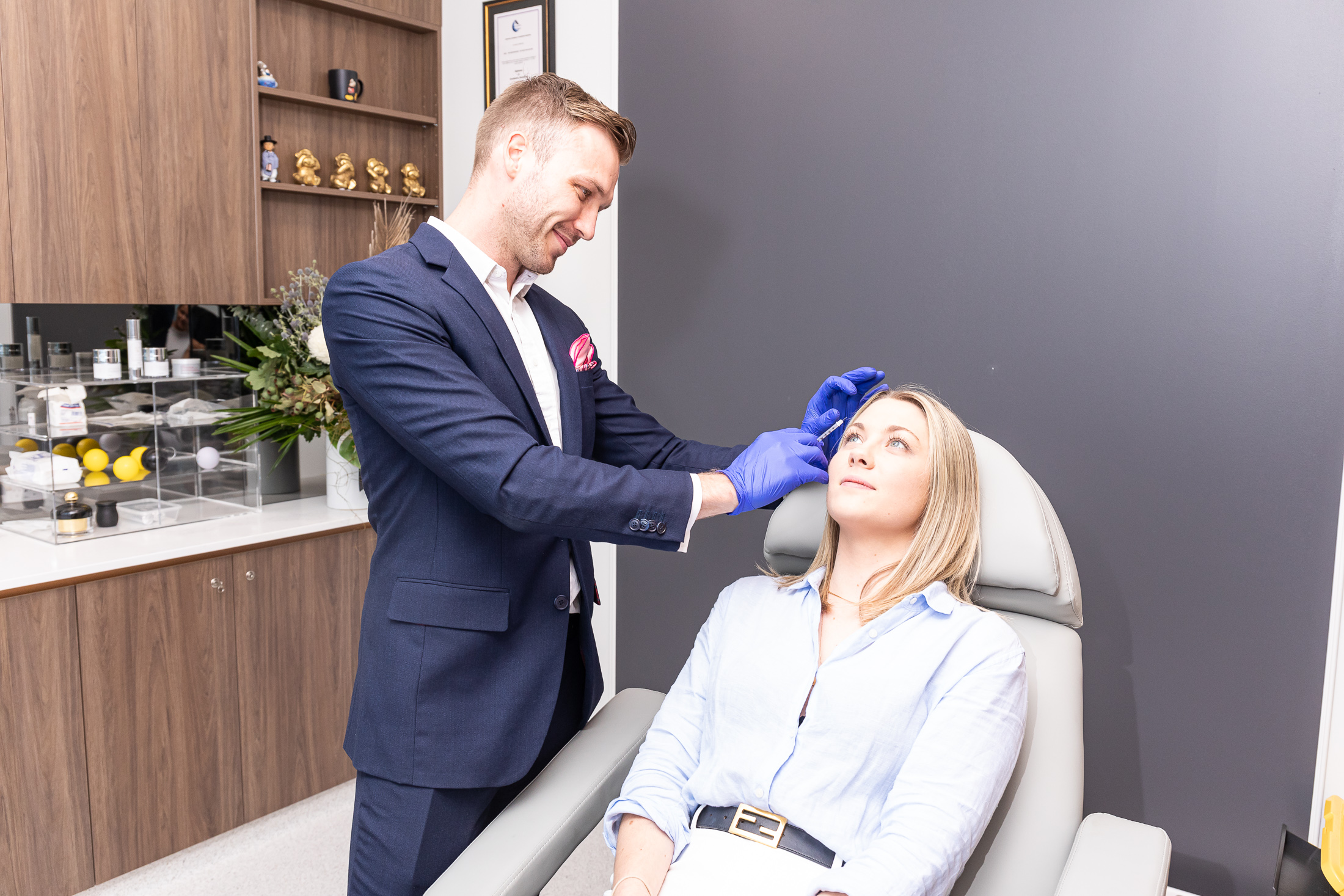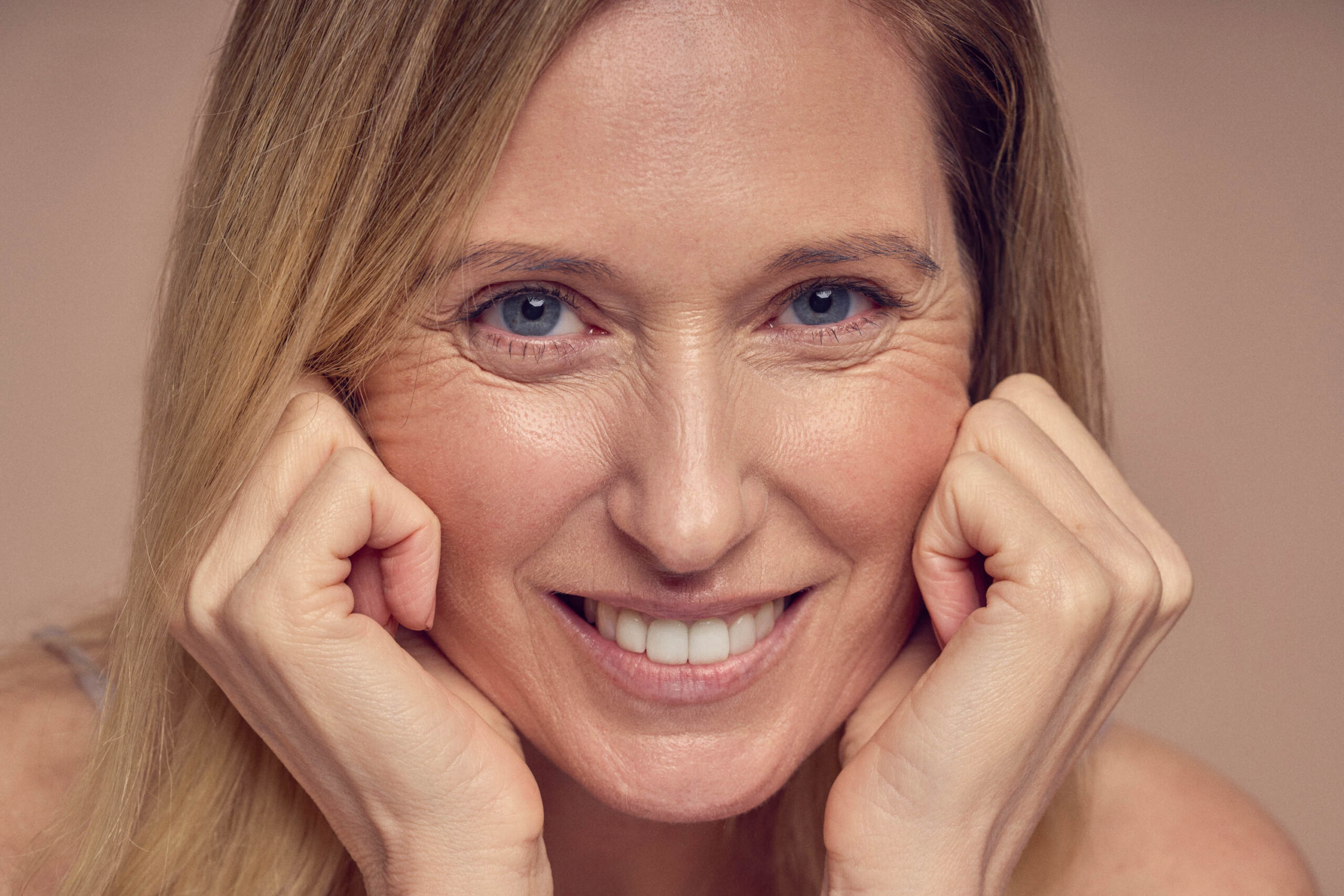Anti-wrinkle injections are a type of cosmetic treatment that is used to reduce the appearance of wrinkles on the face. They work by temporarily relaxing the muscles that cause wrinkles, which can smooth out the skin and give the face a more youthful appearance. The injections are usually made from a protein based on a substance called botulinum toxin (colloquially referred to as ‘Botox’), which is produced by the bacterium Clostridium botulinum. As one of the most popular cosmetic treatments around the world, they are one of the most effective ways to make you look younger and refreshed. Unfortunately, when performed incorrectly, often by an inexperienced practitioner, anti-wrinkle injections can leave you looking downright bizarre.
What is eyebrow spocking?
Eyebrow spocking, sometimes referred to as Mephisto brows or spock brow (owing to the resemblance to Dr Spock from Star Trek) is an unfortunate and avoidable result from forehead anti-wrinkle injections. It can leave you looking as though you are always wanting to ask a question. People can think you are internally questioning everything they says owing to the ‘quizical brow’ appearance spocking gives you.
‘Spocking’ of the eyebrows typically occurs 1-2 weeks after having anti-wrinkle injections for horizontal forehead lines, and describes the the appearance where the tails or outer parts of your eyebrows are positioned to high. You may also notice deep and short horizontal wrinkles about the outer aspect of your eyebrows when actively trying to raise them.
Why does spocking occur after anti-wrinkle injections?
To explain why spocking occurs, it helps to understand the facial muscles that move the eyebrows. These can be categorised into 2 groups: muscles that raise the eyebrows, and muscles that draw the eyebrows down. The shape and position of your eyebrows is the result of the interplay between these 2 muscle groups. As anti-wrinkle injections work by relaxing facial muscles, if the treatment is performed in a manner that disrupts the balance of these muscles, an abnormal eyebrow shape can result.
Eyebrow spocking occurs when anti-wrinkle injections have been placed too centrally on the forehead. This causes the inner eyebrows to drop in position, with a follow-on effect where the still active outer parts of the forehead muscle become overactive, pulling the outer parts of the eyebrows upwards.
How can you treat eyebrow spocking after anti-wrinkle injections?
Of course, the best option is to avoid eyebrow spocking in the first place. Experienced practitioners will know how to distribute the anti-wrinkle product in a way that improves your wrinkles while also keeping your eyebrows looking normal.
For those that have had to deal with spocking (or who are currently dealing with it), the solution is very simple. A small amount of anti-wrinkle product can be precisely placed on each side of the outer aspect of the forehead, directly where there is hyperactivity of the under-treated forehead muscle. This reduces the compensation, lowering the outer eyebrow, returning it to its normal appearance.
The ideal time to treat spocking is 2 weeks after your initial treatment. If you notice spocking before then, it will often correct itself at the 2 week mark, as the full effect of your treatment is seen.


